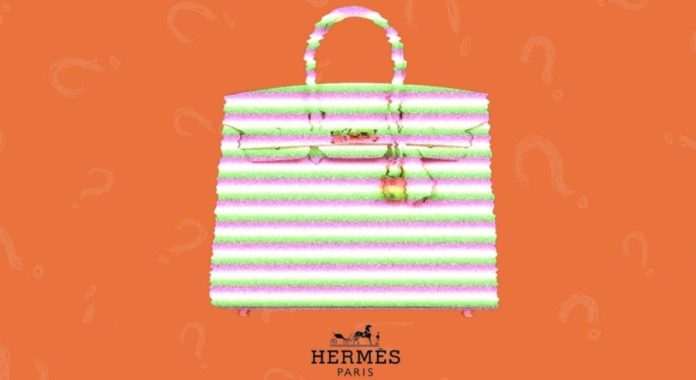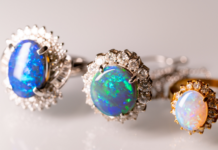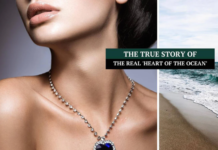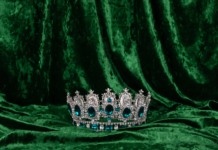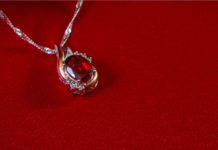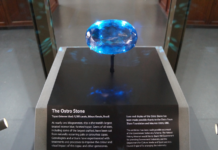In the realm of luxury goods, the business landscape is intriguingly complex. With the 2022 global luxury goods market report from Bain & Company as a backdrop, items like high-end clothing, jewelry, and handbags are projected to experience positive growth, with a 60% market value increase anticipated by 2030 compared to 2022.
Hermes stands tall as one of the giants in this luxury fashion domain, known for its mono brand model. Let’s delve into the business model of Hermes and how the company structures its costs for a successful business approach through the insights provided.

Overview of Hermes’ Business Model
Hermes is an iconic global luxury brand. Founded in 1837 by Thierry Hermes in France, the company initially crafted products such as saddles and harnesses for the aristocracy. By the 1920s, Hermes expanded into the realm of high-end fashion. Over 186 years, the company has been managed by the Hermes family across 6 generations.
Regarded as a “heritage” brand due to its long-standing tradition, Hermes has managed to avoid being pigeonholed as exclusively catering to an older demographic. In 1979, a repositioning campaign was launched, featuring young models donning denim clothing and Hermes silk scarves.
This campaign propelled Hermes’s to success, infusing a youthful and creative spirit into the brand’s identity, which has been sustained through generations of CEOs. Positioned as a French fashion house, Hermes embodies elegance, sophistication, and intricacy.
The brand targets an affluent clientele including tastemakers, artists, and influential figures in the fashion world.
Hermes boasts an exclusive direct distribution network, consisting of 303 stores in 45 countries, in contrast to LVMH’s 5,600 worldwide stores. Furthermore, the brand expanded its sales efforts through an official website starting in 2021, broadening its reach to new customers.
According to the 2022 financial report, Hermes achieved a revenue of 11.6 billion Euros, marking a 29% growth, and a profit of approximately 3.4 billion Euros, indicating a 38% increase compared to 2021.
Hermes’ product portfolio encompasses leather goods, clothing, accessories, silk products, cosmetics, and watches. Notably, leather goods contribute to 43% of revenue, while fashion clothing and accessories account for 27% of revenue in the 2022 business results.
To comprehend the competitive advantages in Hermes’ value chain, let’s examine their operational cost structure.
Costly Expense #1: 29% is Production Cost, Crafting Each Product as a Work of Art
Three factors differentiate Hermes’ product strategy: impeccable quality, distinct creativity, and refined craftsmanship.
1. Quality Element
Hermes integrates its input supply chain through collaborations or acquisitions of suppliers to control production techniques and material quality. Over 55% of the company’s manufacturing activities are integrated, with 78% of these operations taking place in France, Hermes’s main hub.
The brand also emphasizes social responsibility, aligning with customer preferences. According to Axel Dumas, consumers nowadays value products that last long and are environmentally friendly.
2. Creativity Aspect
Around one-third of Hermes’ 50,000 SKU portfolio changes every six months, thanks to the contributions of a design team, 60% of whom work independently. This team is encouraged to create surprise and excitement in customer products.
3. Craftsmanship Dimension
Hermes employs over 6,000 craftsmen in France. To maintain and grow this workforce, the company established an apprentice training center in 2021. Becoming a skilled craftsman requires two years of training and a minimum of 15 hours to craft a Birkin or Kelly bag.
The time-intensive nature of craftsmanship, distinct from mass production, leads to scarcity, reinforcing the high pricing strategy typical of luxury brands.
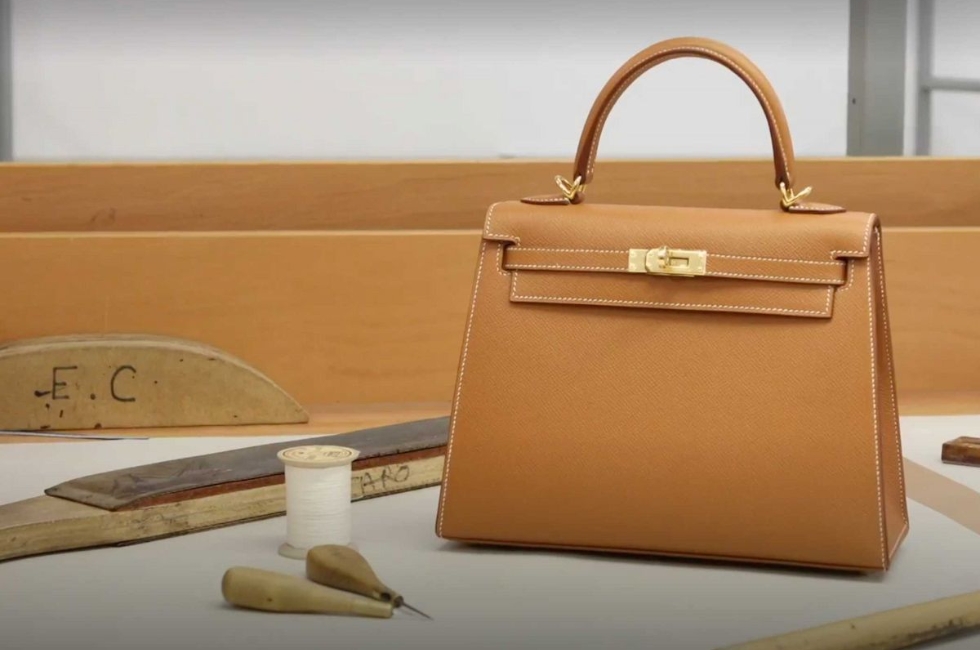
In support of creative and production endeavors, Hermes invests in expanding production facilities. Plans to establish five additional leather goods workshops by 2026 are in place. Additionally, the company invests in enhancing production capacities for sectors like tailoring, perfumes, and metalwork.
Production costs constitute around 29% of revenue, encompassing not only direct material costs but also fixed fees for creative and craftsmanship activities, including design team salaries, artisan rewards, machinery depreciation, and workshop expenses. Once completed, products are shipped via air freight to Hermes’ global stores.
Costly Expense #2: Marketing Communication, Strengthening Heritage and Fostering Creativity
Balancing heritage and youthful creativity is a focus for Hermes. The brand continues to sponsor equestrian events worldwide, aligning with its origins. Concurrently, Hermes’ marketing campaigns celebrate artistic creativity. For instance, campaigns like “Hermes Human Odyssey” and exhibitions like “Hermes Carré Club” highlight the brand’s creative spirit.
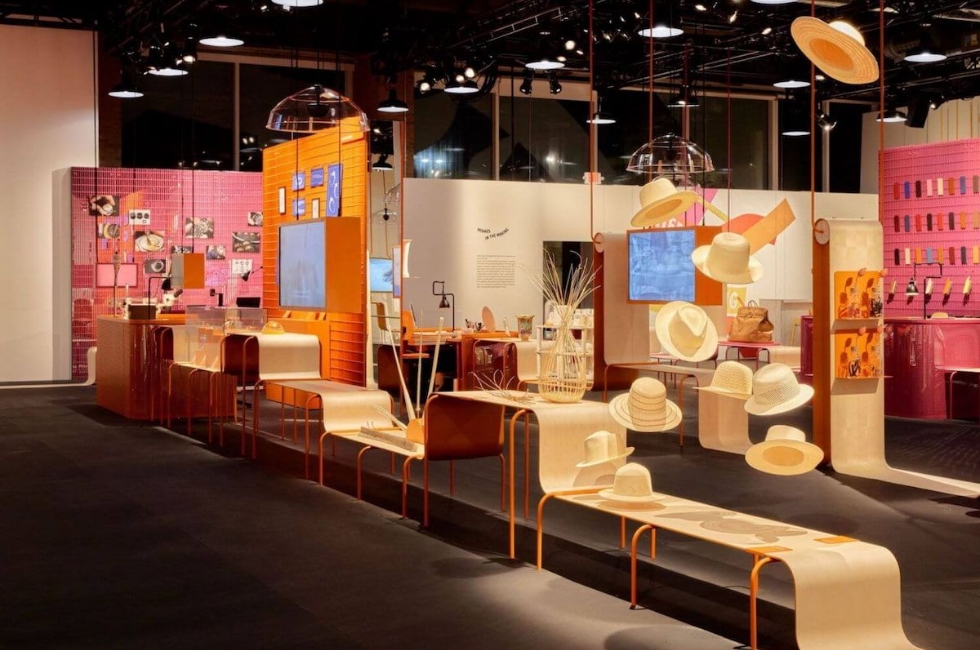
Similar to other luxury fashion houses, Hermes’s stages fashion shows to unveil its two main collections each year. Additionally, the brand hosts exclusive parties and events to introduce new products to VIP customers.
Offline advertisements and in-store decorations often feature intriguing symbols and patterns, evoking curiosity in a refined manner rather than directly urging purchases. Celebrity endorsements and appearances of luxury goods in media and social platforms also contribute to Hermes’ astute brand marketing.
Marketing expenses represent approximately 4.5% of revenue, covering brand promotion activities. Hermes’s, a heritage brand with an innovative spirit, caters to both its traditional clientele and young, aspiring customers.
Costly Expense #3: Exclusive Store Network for Sales and General Management Activities
An exclusive distribution store network is a key strategy for Hermes. Stores are located in prime city locations across the globe. The premium positioning and elegant store designs contribute to Hermes’ ultra-luxury brand image. The company continually invests in store renovations to enhance the luxury shopping experience for its affluent customers.
Hermes’ unique selling approach involves a store manager acting as a brand ambassador. They decide which products to feature based on local customer preferences. Sales staff play a crucial role in customer care and consultation, driving sales. Special items like Birkin and Kelly bags are not frequently displayed on shelves but are reserved or allocated in limited quantities.
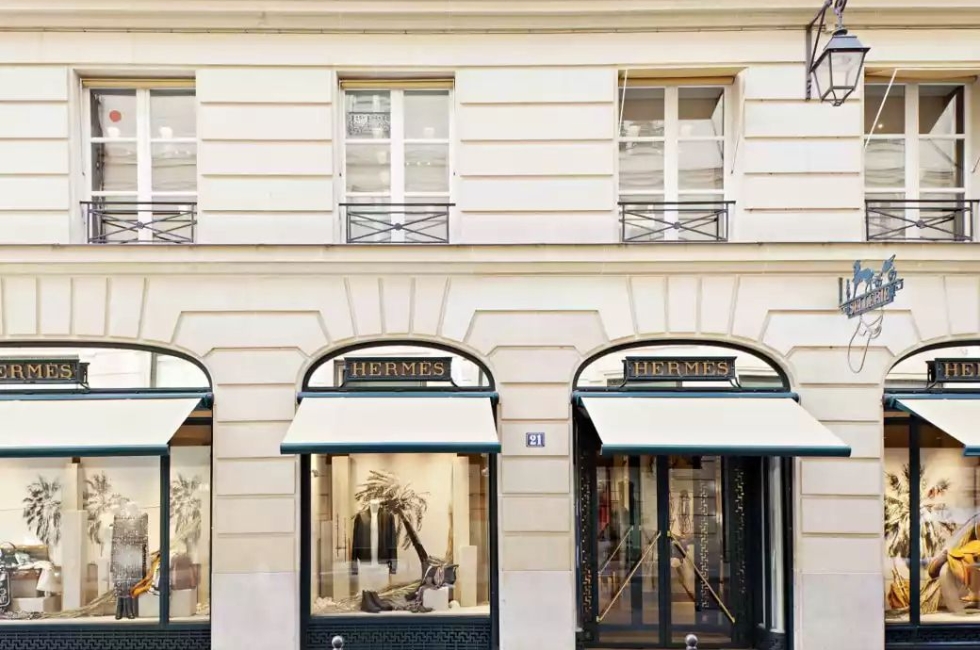
To acquire these exclusive items, customers need to make substantial purchases of other products to qualify as VIP customers and increase their chances of securing these items.
As Robert Chavez, CEO of Hermes Americas, points out: “The more difficult it is for people to obtain something that others can’t have, that’s what drives people’s interest. That’s what’s happening in luxury. When the desire for a product is easily satisfied, these luxury customers don’t want it anymore.”
Hermes emphasizes customer care and product warranty services, maintained by technicians worldwide. This effort reinforces the brand’s commitment to enduring quality in its business strategy.
Hermes’s expanded its sales efforts through its website, targeting broader customer segments. Consequently, investments in information technology have garnered increased attention.
Sales, general management, and other activities together account for 25.8% of the 2022 revenue, enhancing the efficiency of direct sales operations.
Conclusion
In the luxury fashion realm of brands like Hermes, superior product quality, meticulous craftsmanship, and artistry remain paramount and uncompromising. Thus, a basic Hermes Birkin bag priced at $11,000 translates to a production cost of no less than $3,000.
Subsequently, a business strategy focused on exclusivity, coupled with a luxury shopping experience tailored for VIP customers, further fuels the desire to possess these products and assert one’s personal status.
What may surprise many alongside the exorbitant cost of a Hermes item is the investment in product, experience, and marketing, which comes at no small expense. For newcomers to the luxury sector, this is a noteworthy consideration.
Read more: Brands Rediscover the Power of Classic Logos to Engage Gen Z and Foster Customer Loyalty






